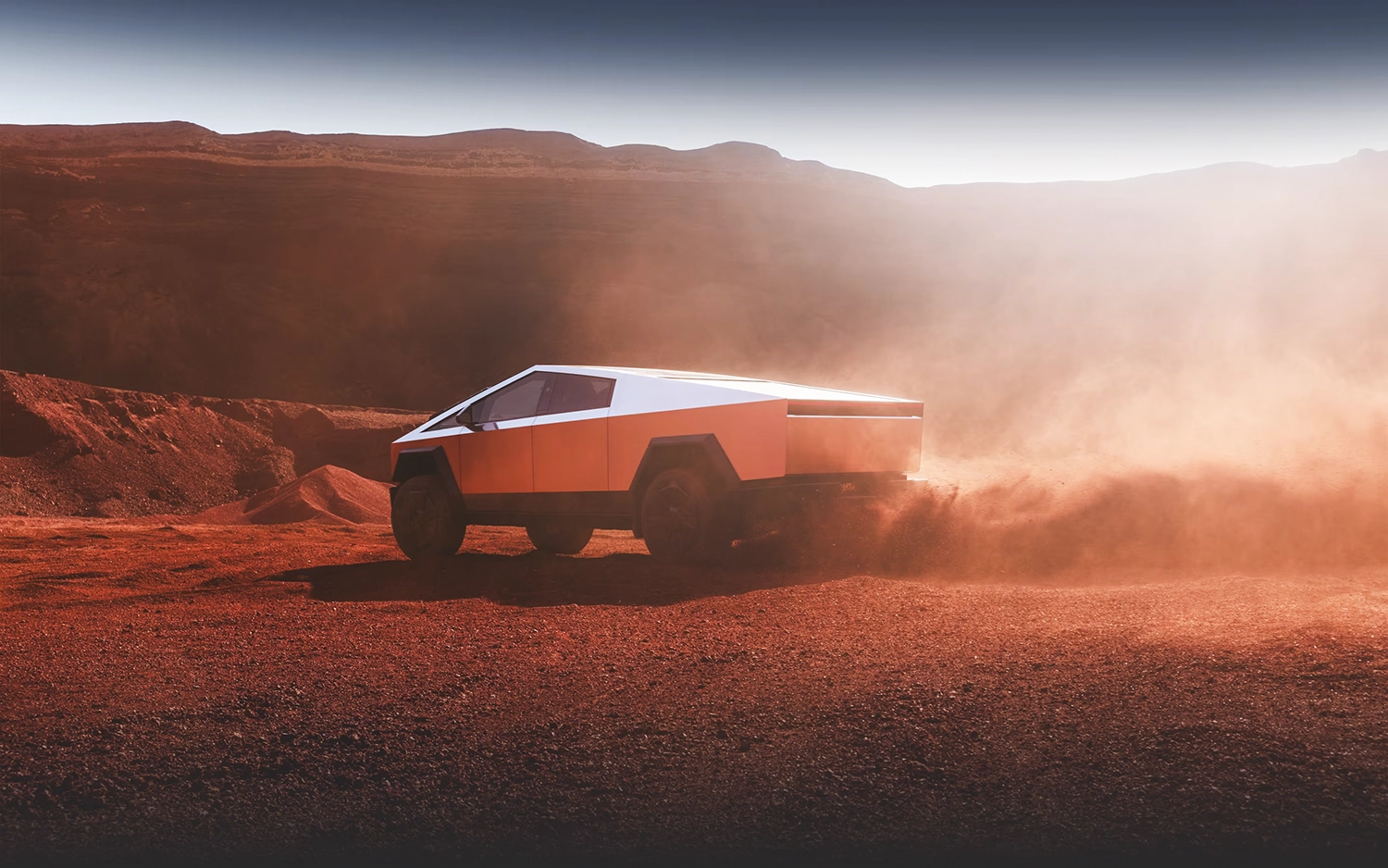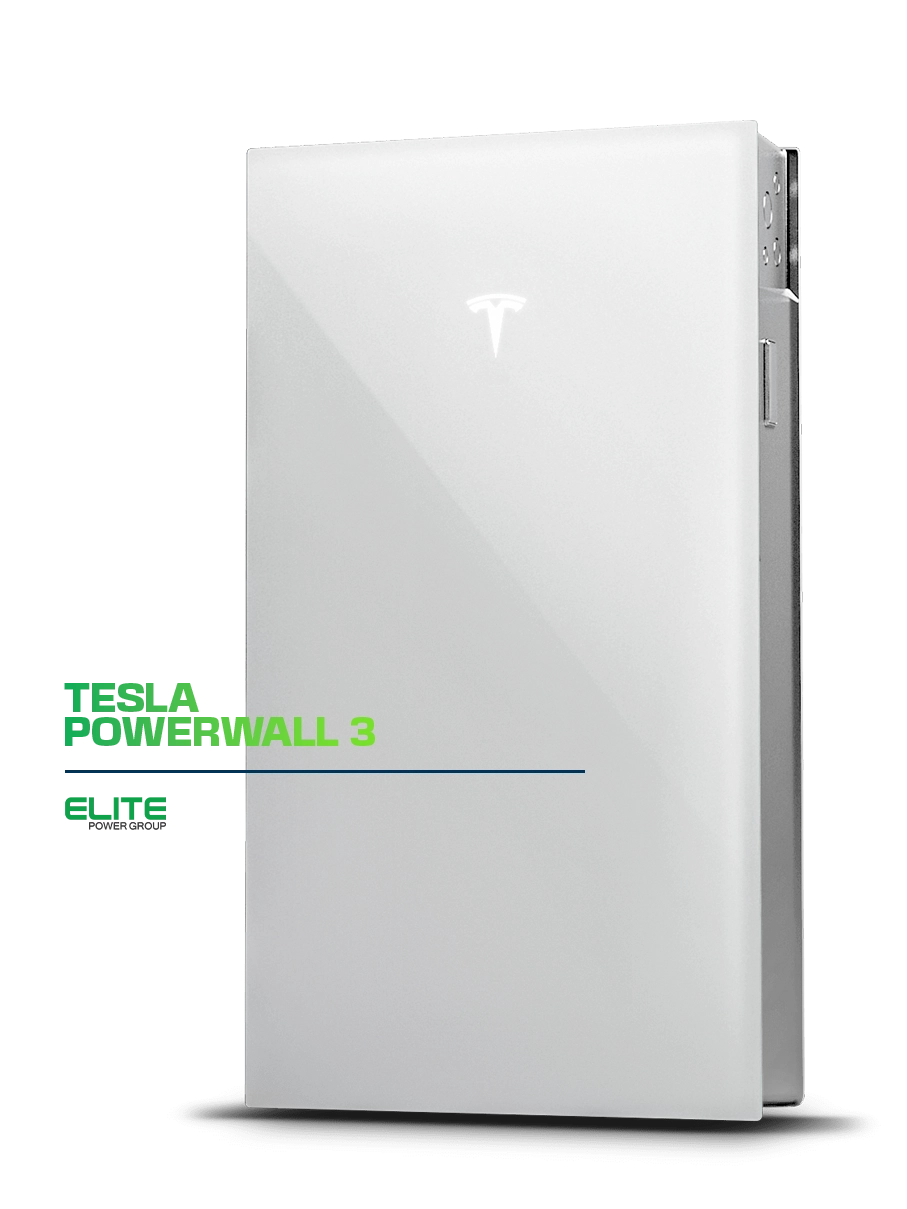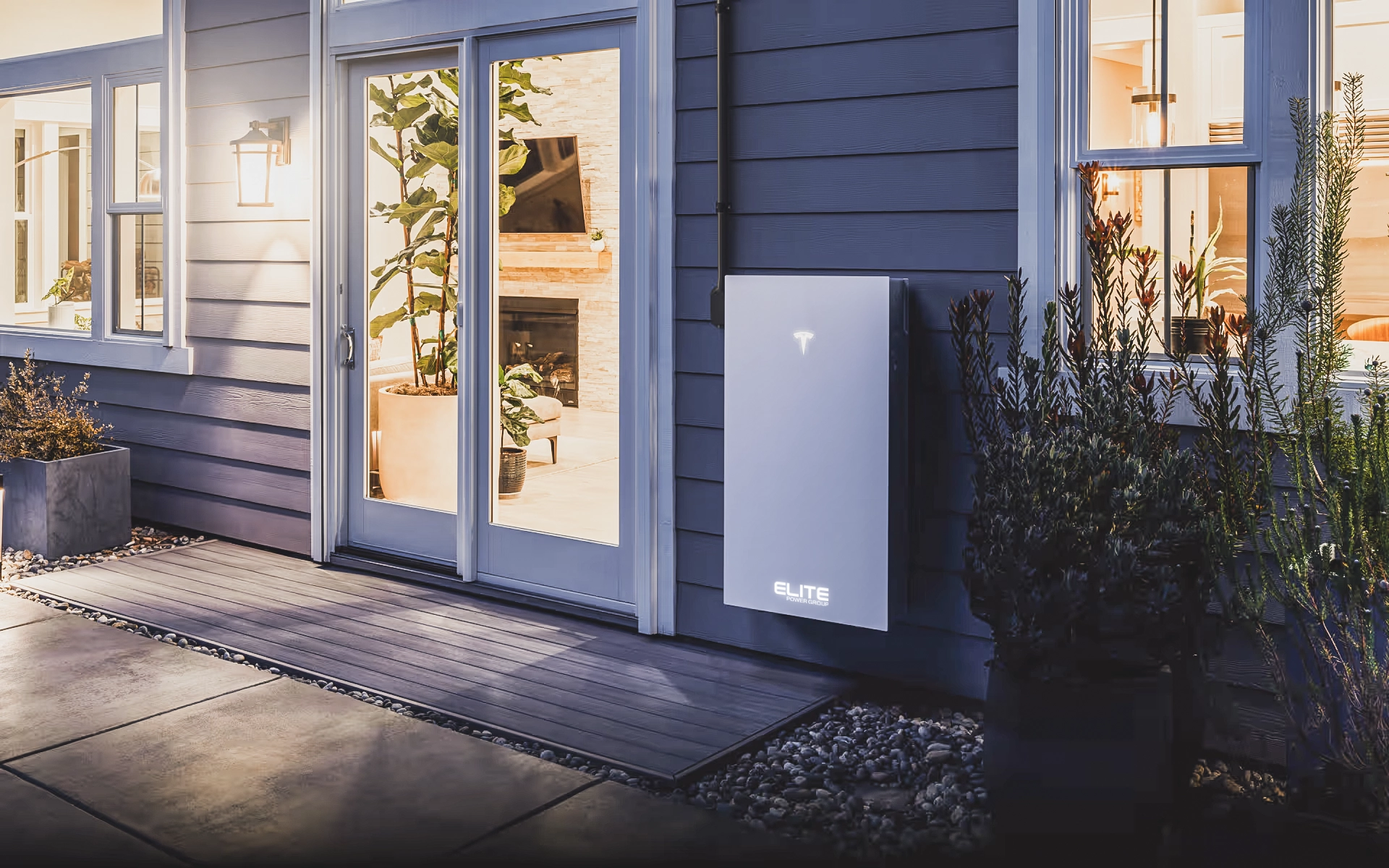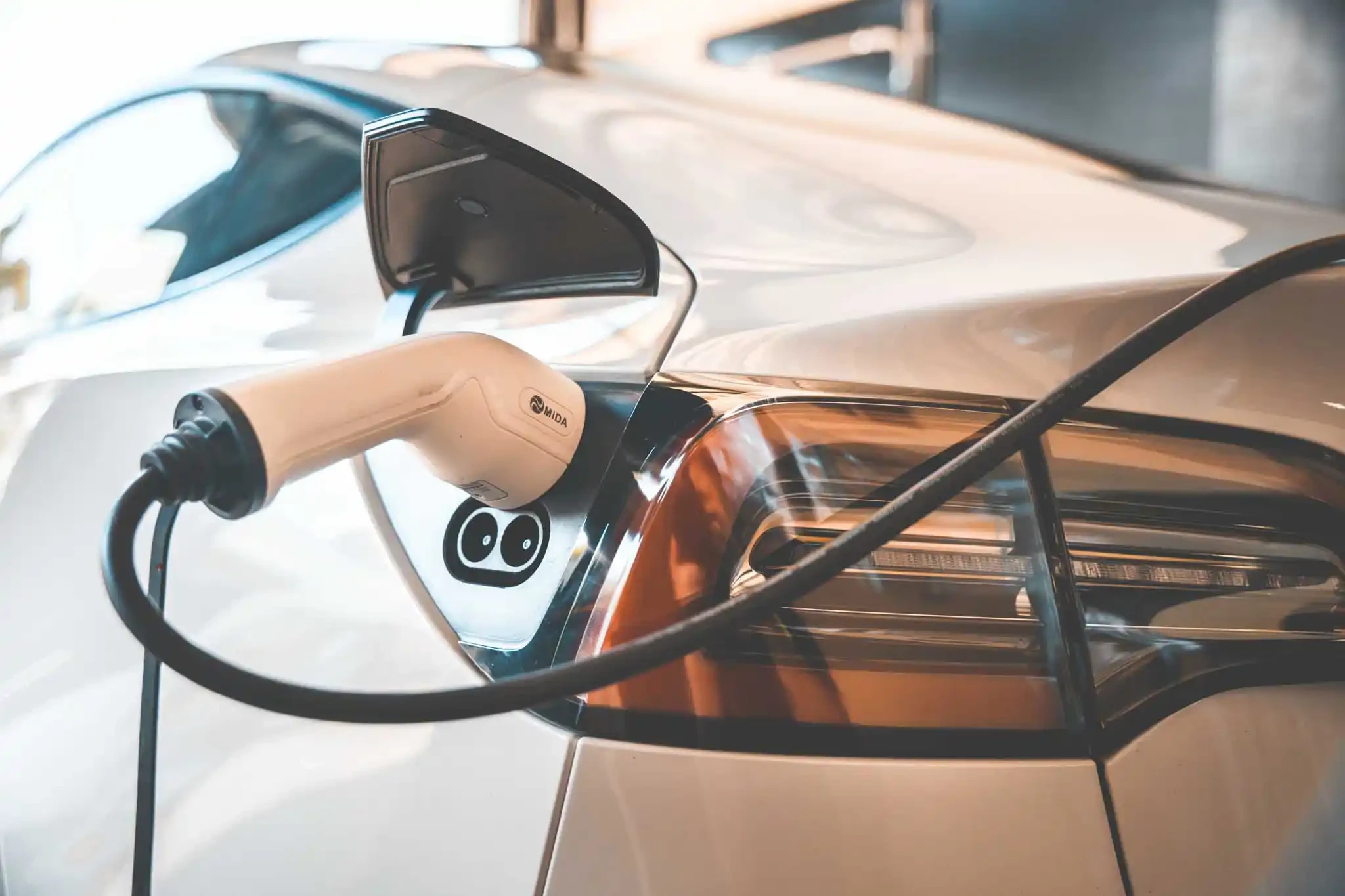Claim Your Bonus +4 FREE Solar Panels with All Residential Solar Installations. Get Started
Claim Your Bonus +4 FREE Solar Panels with All Residential Solar Installations. Get Started
If you have seen any news outlets in the past few months, you would have seen some sort of coverage on the Tesla Cybertruck with its controversial futuristic design and the gradual release of the Powerwall 3.
With the 2 new additions to Tesla’s arsenal of innovative products, it got us thinking – What is Tesla up to?
With the innovation of Cybertruck and Powerwall, it’s a strong indication that the company is aspiring to lead in the future of home energy production and consumption. Whilst striving for sustainability and energy independence, Tesla continue to create avenues of innovation in all thing’s energy, more specifically, smart home energy.
Whether you like the design or not, the Cybertruck offers some pretty useful features. In typical Tesla fashion, they have developed some new tricks that shines a light on Tesla’s plan on dominating the home energy market.
One of Cybertrucks’ useful features that we love the sound of is Tesla Powershare, which is a vehicle-to-X application that allows you to take advantage of Cybertrucks’ roughly 120 kWh (approx. 550km range) battery to power appliances, other EV’s, and even your home (vehicle-to-home).
With 120 kWh of energy storage in the Cybertruck, it is almost 9 Powerwall’s in storage capacity.

‘With Powershare, your Cybertruck can automatically provide backup power to your home with 11.5 kW of power for up to three days.* Powershare Home Backup can detect an outage and start providing power within one minute without noise, emissions or maintenance.’ – Tesla’s website.
This shows us that Tesla are now future-proofing and tightening their product line-up and integration as the world slowly introduces vehicle-to-home (v2h) and bi-directional charging technologies.
Note: Cybertruck and Bi-directional charging are not yet available in Australia.

Okay, but we’ve seen a couple of electric vehicles like the Nissan leaf, BYD Atto 3, and Ford F-150 lightning with vehicle-to-load technology with bi-directional charging... so what makes Tesla special?
The Cybertruck, Tesla’s first bi-directional vehicle, has a much larger battery compared to most other V2L capable EV’s, with its total battery size being approx. 120 kWh compared to the 40-70 kWh with most other V2L EV’s.
This large battery could be a game-changer for homes that want lots of backup energy for power outages and for use at night or high-peak periods – similar to the Powerwall.
The other advantage of a Tesla Bi-directional vehicle is the integration options this opens for users.
A situation where this may be handy is in a grid outage. Your Cybertruck could act as a mobile Powerwall, charging at the nearest working Tesla Supercharger, coming home to charge your Powerwall and keep the lights on until the grid power returns.
Tesla Universal Wall Connector – V2H & V2G
Tesla Universal Wall Connector is different to the standard Gen 3 Wall Connector (which is available in Australia) in a few ways.
Both chargers are capable of 11.5 kW charging. Whilst the Universal Wall Connector costs more, it has the ability to use Tesla Powershare where the Gen 3 does not. Tesla Powershare is essentially vehicle-to-home functionality which is only compatible with Tesla Cybertruck – which both are not available in Australia.
Tesla Cybertruck + Powershare + Universal Wall Connector
With the ability to connect a 120-kWh battery to your home, it allows you to soak every bit of excess power from your solar panels throughout the day and acts as a buffer for storing cheap energy for use in high-peak periods where electricity is expensive.
Think of a Powerwall but on steroids.
During longer blackouts, your home can produce and store its own energy that it makes through solar like a mini power plant, making it the ultimate solutions for energy independence and reduced grid reliance. Additionally, it minimises the impact of rising energy costs and uncertain economic climates has on your wallet.
With all this talk about solar energy storage, vehicle-to-grid, and power plants, Tesla has also introduced a Virtual
Power Plant
to go along with their range of solutions.
What are Virtual Power Plants?
In its simple form, it is a decentralised network of energy sources like homes with battery and solar systems, working in unison as a
power plant.
Like a feed-in-tariff,
VPP’s allow participants to support the electrical grid by giving the VPP provider access to your energy to be used in high-demand
periods, which generates rewards for the participant.
With Powerwalls’ integration with Tesla’s VPP program, it indicates that they are embedding themselves as an all-in-one, energy management solution that helps homes and businesses save on bills, whilst simultaneously stabilising the grid.

One can assume that vehicle-to-grid could be a playing part in the future of virtual power plant development, allowing these large electric vehicle batteries to supplement or even consume from the grid for rewards that contribute to a faster return-on-investment.
Tesla’s Virtual Power Plant feature is available in Australia and is eligible for all Powerwall 2’s. Powerwall 2 is currently compatible on Amber’s Virtual Power Plant program as well.
With the combination of Tesla’s Universal Wall Connector, Powerwall 2 or 3, Gateway, and EV’s with Powershare, you allow your home to be a self-sustainable, fully integrated virtual power plant.
The Tesla Powerwall 3 is a ground or wall mounted battery unit that is designed as a backup energy source in blackouts or for nighttime
consumption. Like the Powerwall 2, it is a reliable way to store excess solar energy, improving sustainability and energy independence.
What’s so revolutionary about the new Powerwall?
Unlike traditional solar systems with separate inverters and battery units, Tesla Powerwall 3 has a built-in inverter which supports 6 MPPT’s and up to 20 kW of solar panels. This makes the installer’s life easier, and again, helps integrate all aspects of your energy.
As mentioned in our Powerwall 3 in-depth article, the unit will need to be installed with a gateway in Australia, due to its different electrical setup compared to the U.S.


Backup Gateway 2
Tesla Gateway 2 controls the connection between the grid and your Powerwall. It automatically detects power outages and seamless transitions from a failing grid to backup power. It allows for energy metering for solar consumption, time-based controls, and backup operation.
Tesla Powerwall 3 vs. Traditional Inverter + Battery systems Cost
These specifications and features sound great, but what will it cost compared to a normal system? Is it more expensive?
According to rough U.S based quotes, the Tesla Powerwall 3 costs around $10,000-$15,000 AUD (not including the Gateway and installation). This actually isn’t too expensive considering a 10kW Sungrow inverter with 2 MPPT’s costs a little over $3200 and a Sungrow 12.8 kWh battery which sits at almost $12,000 with no installation.
It is likely that Tesla will release it between $10,000-$15,000 but considering the above, it works out to be about what you would expect for a system like this.
Keeping all the above points in mind, Tesla is thinking ahead and providing innovative solutions for properties. Like Apple and their *innovative* iPhone days, Tesla is leading the way, not just in product dominance, but the integration between all products and services, creating an easier experience for the customer.
Similar to Apple’s ecosystem, we believe customers but will prefer the fully-integrated option so all the energy assets can all ‘talk’ to
each other seamlessly. We believe this is a glimpse in the future of how we consume, produce, and manage energy.
So, let’s summarise Tesla’s products to understand the context of their solutions. For sake of argument, imagine all Tesla's teased and current products were available all around the world:
Solar: could be generated by Tesla Solar Roof, which is Tesla’s version of solar panels which instead are roof tiles that is designed to provide homes with renewable energy in a more stylistic approach which acts as a 3x stronger alternative for traditional tiles.
Battery: Excess solar energy provided from Tesla Solar Roof is then stored with Tesla Powerwall 3 to use the renewable energy at night or through grid outages.
Virtual Power Plant: Use Tesla Solar Roof, Tesla Powerwall, Tesla Cybertruck, Tesla Universal Wall
Connector,
and Tesla Powershare to create your own Tesla Energy Plan Virtual Power Plant.
This would a fully integrated way for customers to become self-reliant and sustainable across all energy requirements of their lives.
Electric Vehicle: Tesla’s electric vehicles then can be charged with Tesla Gen 3 Wall Connector and if paired with a Powerwall 2, can be charged with solar energy through the electrical panel.
Bi-directional Charging: Additionally, the Tesla Cybertruck could be combined with Tesla Universal Wall Connector which then would allow you to charge your Cybertruck (or V2H capable Tesla vehicle) with solar energy directly and use the vehicles’ battery pack to power your home with Tesla Powershare at night or in a blackout.
Vehicle-to-Grid & Vehicle-to-Home: Using the capabilities from Tesla Universal Wall Connector and Tesla Cybertruck (or other Tesla bi-directional charging capable vehicles), use your electric vehicles’ energy to power your home or feed into the grid for rewards.
You get the point. You can clearly see that Tesla is aiming to be a completely integrated energy management system, powering your assets with ease and fluency. A completely integrated system like this in Australia is almost unheard of, with a single company designing and manufacturing key components that are made to produce and consume power in the smartest way possible.
It seems that the bottleneck in Australia’s new energy technology adoption isn’t based on lack of commercial innovation, but the legislative requirements to uphold this new technology.
But this is not that far away from a reality.
As the time of this article, the Tesla Cybertruck, Powerwall 3, and Universal Wall Connector are not available in Australia, and no news is available of when they will be released.

Universal Wall Connector: Only the Gen 3 Wall Connector is available in Australia. Due to no legislation around vehicle-to-home or grid in Australia (except SA), we can't use bi-directional charging.
Powerwall 3: PW3 is rumoured to be released or at least announced for an Australian release in the second half of 2024.
Cybertruck: Tesla Cybertruck will not be released for another few years, if at all. After lots of delays, we assume the production will continue to work up to demand overtime.
Because Tesla is based in the U.S, the U.S get first dibs on all the cool stuff before Australia like they did with Virtual Power Plants and currently with Bi-directional charging.

With Australia’s goal of achieving NetZero by 2050, it requires not only mass-adoption of renewable products like solar and battery systems, but continual innovation in renewable technology to be more efficient and powerful, and that is exactly what Tesla is doing here.
We’re a big fan of any company that helps strive the market to cheaper and more powerful products that benefit consumers, and as more companies catch up and widespread their innovation, it will only push the market forward toward a greater future for our energy.
Even though Australia are global leaders in rooftop solar power, Australia will likely lag behind if we stay at this rate of adoption. Compared to other countries that are leading in energy technology adoption, our government are typically slow in implementing regulation and legislation for new technologies like this, but we can stay hopeful that this is coming... eventually.
Even with their sometimes-annoying-secretiveness, we love the work Tesla brings to the table with their new products, pushing the boundaries of what can work and integrate with each other. It helps us as installers, to be able to efficiently install systems quicker, whilst benefiting the customer with a flexible, reliable power system for their home.
We haven’t even touched on Tesla Semi and Tesla’s vast network of Tesla Superchargers around the world.
There doesn’t seem to be any public information in terms of a planned roll-out for any of the freshly released Tesla products in Australia, which means all we can do is wait until they announce it, or for someone to leak something for us to froth over.
Certified Tesla Installers: Elite Power Group
Elite Power Group are your certified local Tesla installers that can install Tesla EV charging, Powerwall, and other Tesla products to get smart energy management to your home.
Whilst Powerwall 3 is currently unavailable in Australia, Powerwall 2 is still a solid option for homes that have existing solar power. Simply install and start supercharging your solar energy and returns today.
Lorem ipsum dolor sit amet, consectetur adipiscing elit. Ut tempor congue aliquam. Vivamus non libero tellus. Praesent vestibulum mauris
quis mi aliquam vitae sodales justo blandit.

Tesla's innovating their ecosystem, with the release of Cybertruck, Powerwall 3, Virtual Power Plant, Powershare with Bi-directional charging for Vehicle-to-Home.

If you've just bought or a looking into an electric vehicle, chances are that you're interested in getting an EV Charger, but how do you prepare your home for one?
Leave a Comment